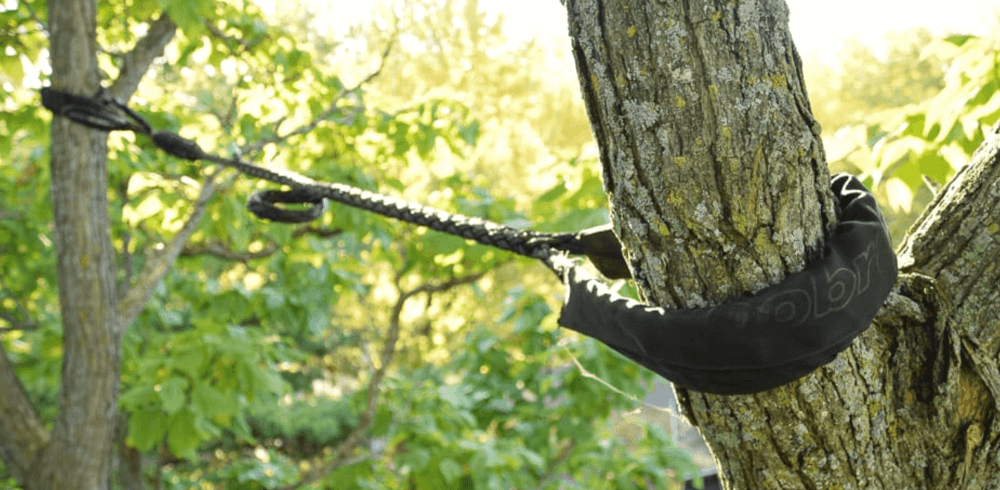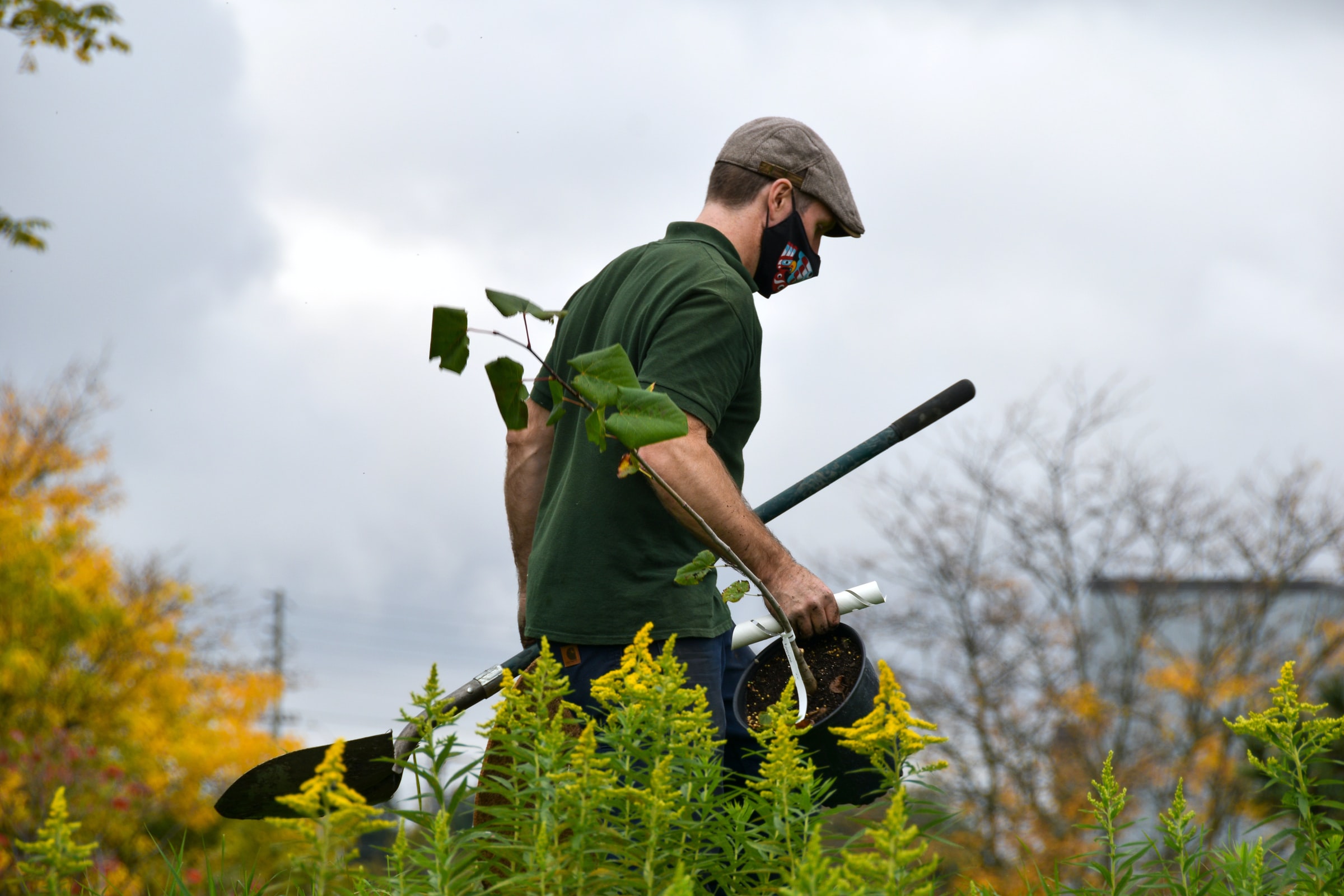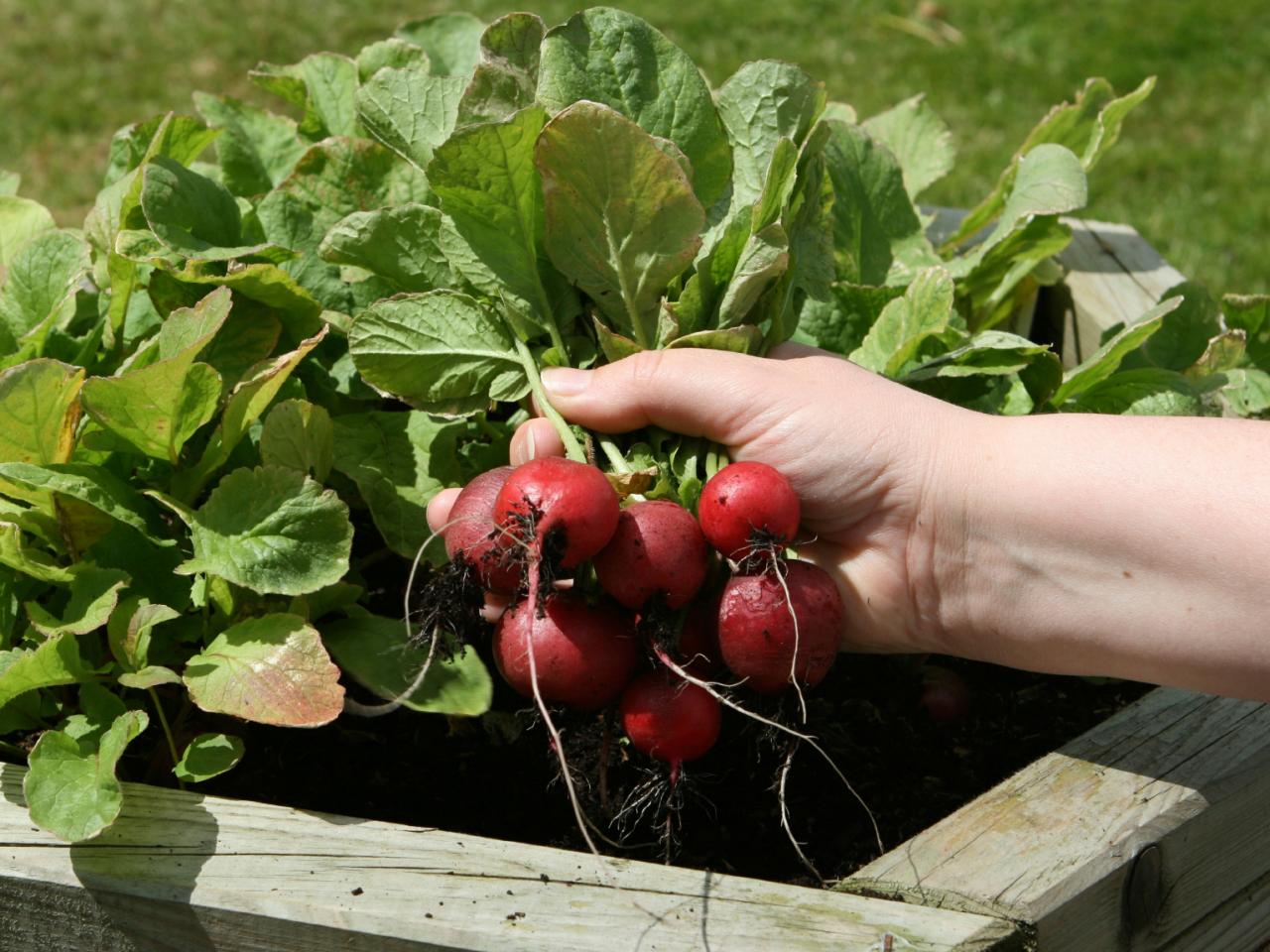Trees are not only essential for our environment, but they also hold a special place in our hearts. Their towering presence, vibrant foliage, and the solace they provide make them an integral part of our landscapes. However, as magnificent as they are, trees can sometimes face structural issues, posing risks to both property and safety. This is where tree cabling and bracing come into play. In this blog, we will delve into the world of tree cabling and bracing, exploring what they are, when they are needed, and how they can help preserve and protect these natural giants.
Understanding Tree Cabling and Bracing
Tree cabling and bracing are arboricultural practices that involve the installation of supportive hardware to reinforce the structural integrity of a tree. These techniques are not a one-size-fits-all solution but rather tailored to specific situations where a tree’s limbs or trunk may be at risk of failure due to various factors such as weak crotches, heavy foliage, or storm damage. The primary goal of cabling and bracing is to prolong the life of the tree, reduce the risk of hazardous limb breakage, and maintain the tree’s aesthetic value.
When Is Tree Cabling and Bracing Necessary?
- Weak Crotches and Split LimbsTrees often develop weak crotches, where two main branches have narrow angles of attachment. This structural weakness can lead to the splitting of limbs, especially during heavy winds or storms. Tree cabling is employed to reinforce the union of these branches, preventing them from separating and causing potential harm.
Heavy Foliage and Canopy Weight
Some tree species have dense foliage or large canopies that can become excessively heavy. This weight can strain a tree’s limbs, causing them to bend or break. Cabling and bracing help distribute the load more evenly, reducing stress on the tree’s structure.
- Storm Damage
Storms can wreak havoc on trees, causing limbs to become damaged or weakened. Cabling and bracing are often used to repair and stabilize these damaged limbs, allowing the tree to recover and continue to thrive.
- Preservation of Historic or Aesthetic Trees
In cases where a tree holds historical or aesthetic significance, cabling and bracing can be employed as a proactive measure to preserve the tree’s unique character and heritage value. This ensures that future generations can continue to enjoy these majestic specimens.
How Tree Cabling and Bracing Work
Tree cabling and bracing involve the use of various hardware components to provide support and reinforcement. Here’s a brief overview of the key elements involved:
- Cables
Steel cables are strategically placed among a tree’s branches to redistribute weight and reduce the risk of limb failure. These cables are attached using high-strength bolts or other specialized hardware. The selection of cable size and configuration depends on the tree’s size, species, and the specific issues it faces.
- Braces and Rods
Braces and rods are used to support weak or split limbs, trunks, or unions. They are typically made of metal and are anchored securely into the tree to stabilize the affected area. Braces are installed perpendicular to the limb, while rods are placed through the damaged section to hold it together.
- Assessment and Installation
The process begins with a thorough assessment by a certified arborist. They will evaluate the tree’s health, structure, and the specific issues it faces. Based on this assessment, the arborist will determine the most suitable hardware and installation methods. The hardware is carefully installed to ensure it provides the necessary support without causing further damage to the tree.
Benefits of Tree Cabling and Bracing
- Enhanced Safety
One of the primary benefits of tree cabling and bracing is enhanced safety. By reinforcing weak limbs and unions, these techniques reduce the risk of limb failure, which can pose a significant hazard to people, property, and nearby vegetation.
- Preservation
Cabling and bracing can help preserve valuable or historic trees that might otherwise be lost due to structural issues. This allows communities to continue enjoying the beauty and benefits of these majestic trees for years to come.
- Reduced Risk of Property Damage
Trees with compromised structures can pose a threat to nearby buildings, vehicles, and other property. Cabling and bracing mitigate this risk by preventing limb breakage and reducing the potential for property damage.
- Aesthetic Value
These techniques can also enhance the aesthetic value of a tree by preserving its natural form and balance. Properly executed cabling and bracing are often barely noticeable, allowing the tree to maintain its visual appeal.
The Importance of Professional Arborists
It’s crucial to emphasize that tree cabling and bracing should only be carried out by certified and experienced arborists. A thorough assessment of the tree’s condition, precise installation of hardware, and regular inspections are vital for the success of these techniques. Amateur attempts can lead to further damage and compromise the tree’s health.
Tree cabling and bracing are invaluable tools in the arborist’s toolkit, allowing us to protect and preserve the magnificent trees that grace our landscapes. By reinforcing weak branches, mitigating risks, and extending the life of these natural giants, we can continue to enjoy the beauty and benefits that trees provide while ensuring the safety of our communities and property. When considering tree cabling and bracing, always consult with a certified arborist to ensure the best results and long-term health of the tree. Through these practices, we can strengthen the bond between nature and civilization, securing a harmonious coexistence for generations to come. Need a tree cabling and bracing expert? Check out K-W Tree Expert Co., a team of professional arborists based in Kitchener.



